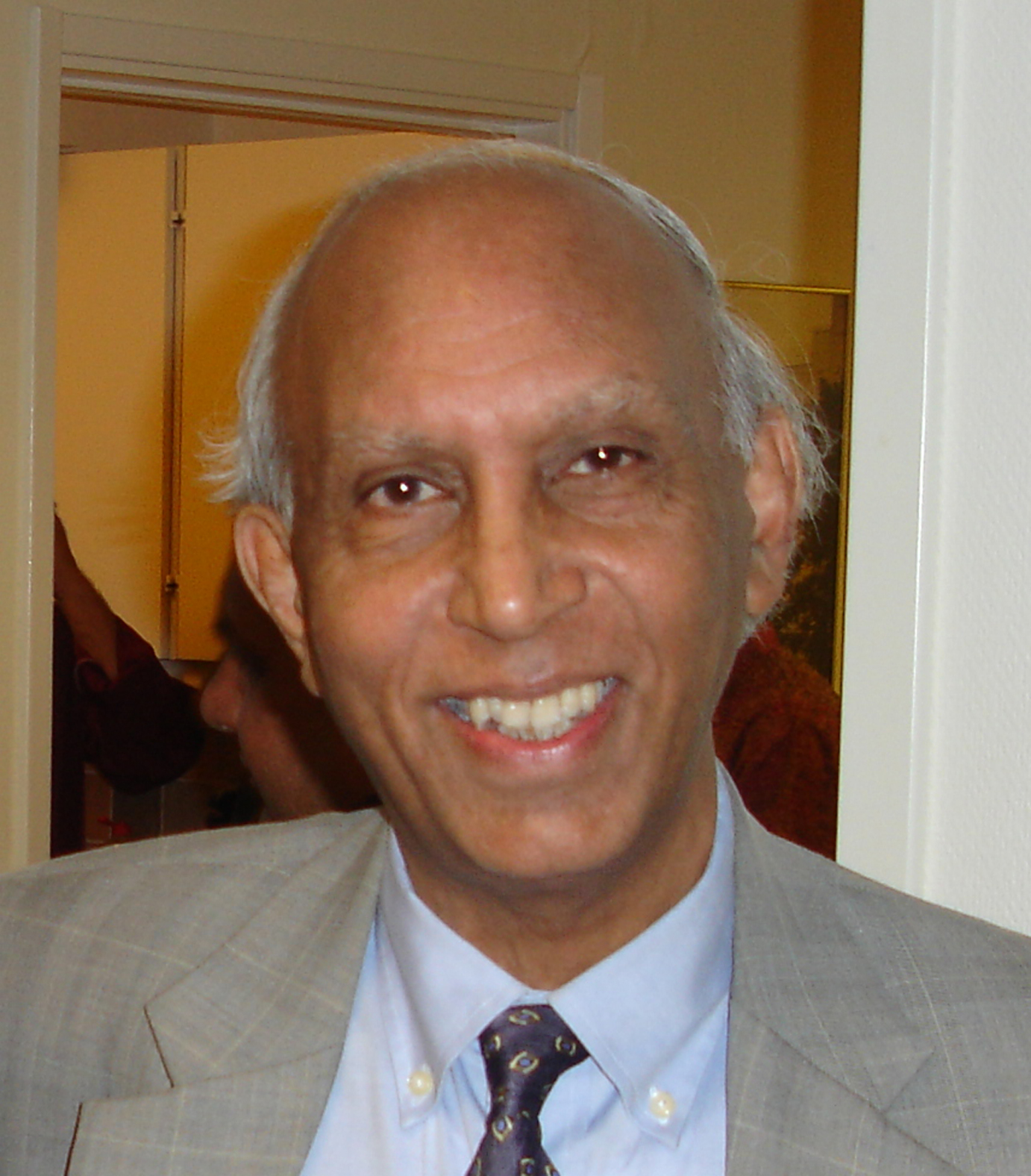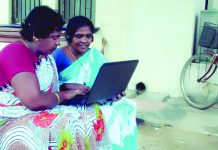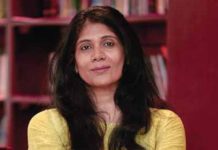
Those were the days when we actually lived. And lived quite happily. Not like today where even the basic traces of survival are turning out to be such a nightmare…an ongoing struggle for survival
Earlier one could step out without wondering whether it was summer or winter or spring or autumn. No longer. To be checked and re-checked the time, day and month of the year. Why? Can’t commute during the ‘peak hours’ of the working days; with commuters scurrying around in that frenzied way. And worsening those strains during the winter fog, autumn smog, summer heat and, of course, during the monsoon flood fury …every chance of getting drenched if not drowned!
Enough of those daily disasters to demolish any of those romantic notions of rain. Forget all those romantic couplets, verses, folk songs and Bollywood lyrics on monsoon rains.
Wrapped in nostalgia, I sit all sad and sullen, wondering rather aloud: weren’t we better off in those good old days when ‘developing’ or ‘under-developed’ we were with fewer wants. Just two square meals and that once-in-a-while dining-out break seemed to take care of everyday wants. The skies up there looked blue. The flowers bloomed. The human face looked carefree and hassle free. The human form was still about intact. Those were the good old days when we actually lived. And lived quite happily. Not like today where even the basic traces of survival are turning out to be such a nightmare…an ongoing struggle for survival.
With today’s climate turning murky in all possible ways, basic day-to-day survival is getting nothing short of hellish existence. Darker lies our lives as the camouflages more than choke. Never before have we witnessed the sheer destruction of human being. In these so-called developed times, we are more prone to deaths and decay.
Why don’t we talk of the terrible hunger pangs killing hundreds? Malnutrition deaths could frighten you and I, but for the rulers these are just numerical numbers. They can talk of vote-banks and money-banks but not of roti or milk banks, from where those basics could flow out to help save the lives of hundreds of our dying malnourished children.
Perhaps, another nail in the coffin, can’t call it the last nail, as shockers are continuing to hit each single day – is the reality of trafficking and abuse of our young. There seems a nexus to it as trafficking seems ongoing.
Environmental pollution is killing our very organs. Not to overlook the noise pollution hitting the very heart. And the limbs cannot be left spared with strays around. In fact, in these recent times, humans have been detailing the havoc caused by monkeys and dogs and pigs on the prowl. Blatantly attacking pedestrians and intruding into homes and fields yet there is nobody out there to harness their moves. Shouldn’t human beings be shielded from these deadly attacks? In fact, though we talk of dengue and viral fevers but little focus on rabies. Why? What’s become of us to be overlooking these deadly animal bites and attacks. At least during the Raj days, strays were kept far away from the residential quarters but today who the hell cares whether our flesh is ripped through and we die a painful death.
How Partition impacted Bollywood
September 23, 2022 marked the National Cinema Day. Whilst on cinema, I’m focusing on this recently launched book, authored by the well-known academic, Ishtiaq Ahmed- ‘Pre-Partition Punjab’s Contribution to Indian Cinema’( Aakar Books).
Though settled in Stockholm, Ishtiaq Ahmed has kept in touch with several of Bollywood’s personalities whom he has written about in this book. After all, such detailed books can only be written if the author carries a deep, passionate and genuine connection with the subject.
Quite obviously, Ishtiaq Ahmed has written this book with an emotional connection with the filmstars. As he comments right at the start, in the very preface to this book, “The idea of publishing a book on Punjab’s contribution to Indian cinema has tempted me for a long time. An incorrigible film buff, my career as an academic, however, demanded that I devote first and foremost attention to the harsh and stark reality of politics, power, democracy, dictatorship, the state, government and citizens. Such concerns apparently were far removed from cinema. But not quite.”
In this book, Ishtiaq Ahmed has brought to the fore a long list of those who made Bollywood! Or Bollywood made them. Focusing on all those men and women who’d in those years past by, reigned the film scene in Mumbai. Perhaps, they were destined to be part and parcel of India’s film industry, after going through major upheavals during the Partition of India. All of those details are put together in this book, as Ahmed delves deep into the Partition phase. To be precise, to all the who’s who affected with the upheaval, with shifting base from Lahore.
To quote him, from this book: “Beautiful Punjabi men and women headed towards Bombay and Calcutta, because in the formative years the Lahore film industry had limited capital, and essentially produced Punjabi language films, which had limited outreach. Villains, character actors, comedians, bit actors, story writers, scriptwriters, song writers, music directors, directors, producers, filmmakers, studio owners from the Punjab – all those who sought employment opportunities and nurtured ambitions to make a name for themselves at the all India level – headed towards Bombay and Calcutta. The advantage they enjoyed over other nations from South Asia was their Urdu-Hindi (Hindustani) language skill. The competition they faced was from Urdu and Hindi speakers of Northern India, Bihar, and the princely state of Hyderabad in southern India.”
Ishtiaq Ahmed has brought forth several other details, which many of us wouldn’t have been aware of. To quote him, “The rioting of 1947 set in motion irreversible, irrevocable migration. B.R. Chopra and I.S. Johar were planning films in a big way for Lahore but had to run for their lives. Ramanand Sagar left in July, as did Gulshan Rai. Comedian actor Om Prakash (of Fateh Din fame, an all time favorite skit by Radio Lahore), comedian bad-man Jeevan and many others also left Lahore for Bombay. O.P, Nayar recorded the immortal song ‘preetam aan milo/dukhia jiya bullai, aan milo’ at His Master’s Voice studio in Lahore. He left Lahore in 1948 when it became clear that people with the wrong religion were not going to return to their home on either side of the Punjab. Writer Rajinder Singh Bedi escaped, sitting on top of a railway carriage carrying loads of Hindus and Sikhs out of Lahore. Song writer Naqsh Lyallpuri began his literary career in Lahore as a journalist but had to leave Lahore in 1947. Punjabi singers Surinder Kaur and Prakash Kaur, and Pushpa Hans also left Lahore. Music director Sardul Singh Kwatra was bewitched by a Muslim woman he loved, but had to leave for India at the time of Partition.”
And Ishtiaq Ahmed does not miss out detailing the migration, which took place in the other direction too! Yes, he brings into focus all those literary and film connected personalities who headed towards Lahore: “Nazir and his wife Swaran Lata, Noor Jahan and her husband Shaukat Hussain Rizvi, character artist Alauddin and many others headed for Lahore. Manto came in January 1948, music directors Ghulam Haider and Khurshid Anwar followed some years later, and director M Sajid in 1969 or 1970. MeenaShorey, Khurshid and Mumtaz Shanti also migrated to Lahore.”
Families also stood divided at the turn of Partition; some shifting out, others staying back. “While Nazir shifted to Lahore, his nephew K Asif stayed on in Bombay. Kardar stayed on but his brother Nusrat Kardar and son Rauf Kardar returned to Lahore. While Suraiya, her mother and grandmother settled in Bombay, many of her other relatives shifted to Lahore.”
Also, webbed in are details to some of the “cross-religious marriages that created peculiar challenges. Raj Kapoor’s mama (maternal uncle) married a Muslim, converted to Islam and stayed in Lahore. A unique case of reverse migration took place as well: poet Sahir Ludhianvi (Abdul Hai Fazl Mohammad) left Lahore for India.”
*******
Alzheimer’s disorder
September stands for World Alzheimer’s Day. And each year, I do make it a point to focus on the Alzheimer’s Disorder (AD), as its awareness seems rather low in our country, unless, of course, one’s parents or grandparents get affected by it. My father battled with this disorder for several long years in the early 1990s, till he passed away.
It is a disorder that affects the memory cells, which start shrinking, fading, declining, and deadening. And with that, what is affected is not just the memory but also the AD-stricken person’s entire personality. He or she finds it difficult to perform routine tasks or even recognise relatives, family and friends.
And as it accelerates, physical movements are also greatly affected. Some withdraw into a shell; others turn aggressive and have to be handled with much care and sensitivity. Though till date there is no cure for AD, two very basic essentials to take care of those affected by AD are an abundance of gentle handling and emotional support and love.
Also, avoid shifting a patient from his or her familiar home settings, as that could further aggravate their condition.
I do realize that whenever I focus on the AD disorder I always quote these lines of poet-writer Kamala Das. Why? Because they aptly describe how AD affects its victims. These lines are from her poem titled ‘Alzheimer’s’, tucked in her book ‘Closure’:
‘Alzheimer’s disease
is a spider
deadlier even than
the tarantula.
It weaves its web
within the brain,
a web rugged like
wrought-iron
and thought-proof.
My mother
For seven years had
Alzheimer’s.
It looked out
through her eyes
although she was
silent as a safe
plundered bare,
emptied of memories,
her disease talked.
Like a Buddhist monk,
it said life is sorrow …’












